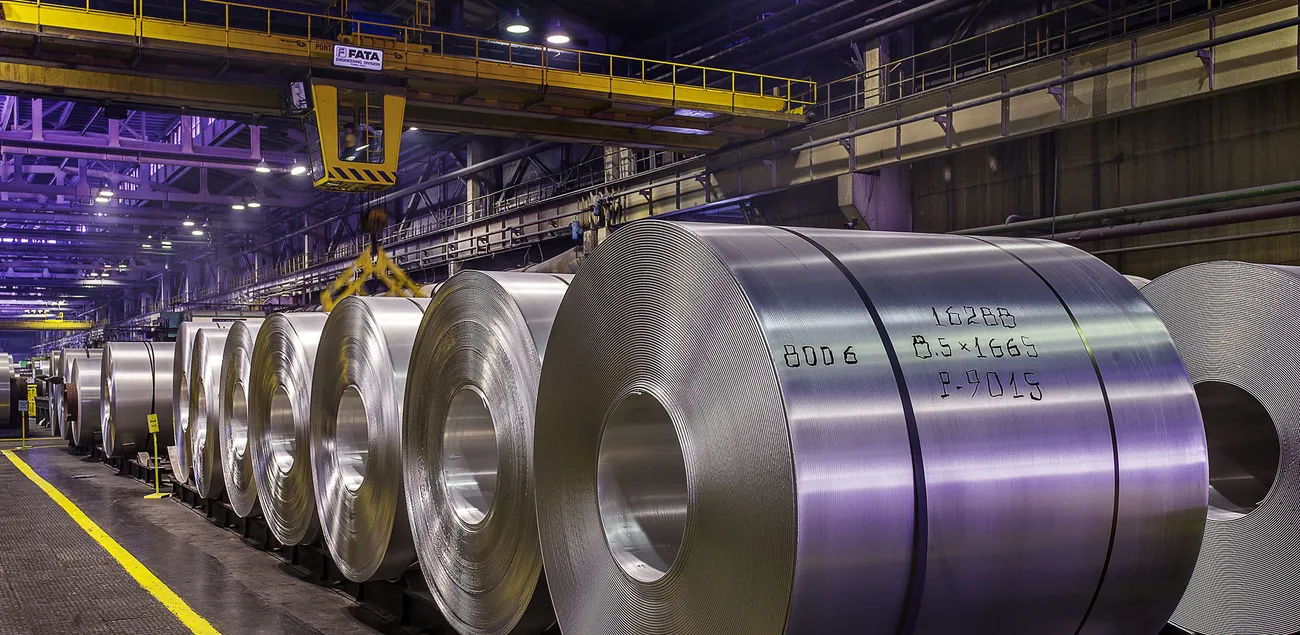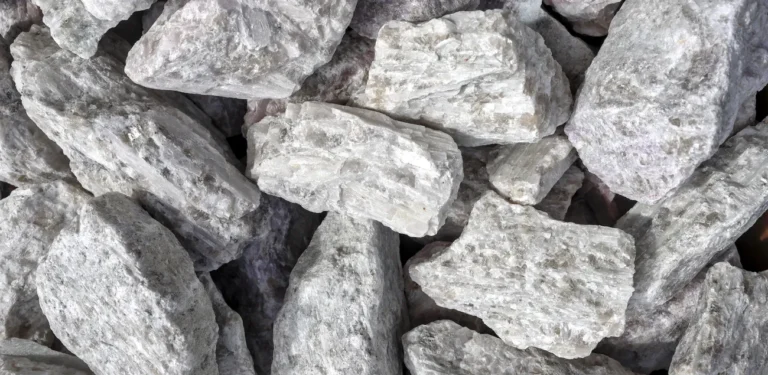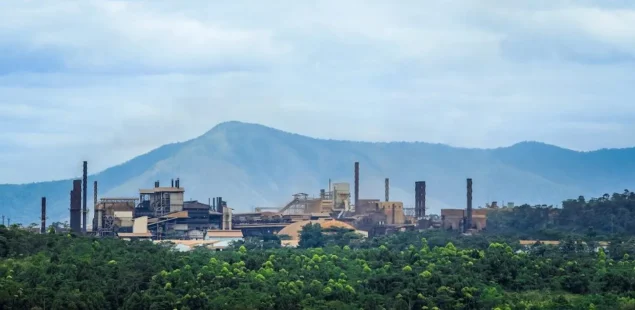
Rusal, Russia’s largest aluminium producer, is negotiating with the Ministry of Industry and Trade and key State Duma committees for new policy instruments that would ease the import of bauxite and alumina feedstock into Russia and allow the company to accelerate investment in mines and refineries in “friendly” jurisdictions. Deputy chief executive Oleg Vaitman told lawmakers the measures are critical for an industry that relies on deposits “around the equator” and now faces heightened logistics bottlenecks at home and sanctions-driven supply losses abroad. Rusal mined 15.9 million tonnes of bauxite last year—half of it in Guinea—and produced 6.43 million tonnes of alumina, yet still imported roughly 40 % of its refinery needs after losing access to plants in Ukraine and Australia.
Policy Tools under Discussion
Officials are weighing export-credit guarantees, state-backed project finance and faster customs clearance for imported ores, according to people present at the round-table. Rusal also wants permission to channel part of its export-duty payments into an overseas investment fund that could underwrite acquisitions. Existing support schemes focus on downstream exporters; the company argues that upstream security of supply now deserves equal treatment
Raw-Material Sourcing Gap
Though Russia holds modest domestic bauxite reserves, its smelters require about 10 million tonnes of additional feedstock each year. Half of current imports sail from Guinea, where Rusal controls Compagnie des Bauxites de Kindia, the 3.1 Mt Dian-Dian mine and the Friguia bauxite-to-alumina complex. The remainder comes from refineries in China, India and Indonesia. Freight priorities compound the strain: aluminium exports rank only tenth on Russian Railways’ loading list, while alumina imports sit last at twelfth, lengthening turnaround times and inflating costs
Offshore Growth Strategy and Asset Expansion
The company has responded with acquisitions. In 2024 it paid $316 million for 30 % of Hebei Wenfeng New Materials in China, securing one million tonnes of alumina. This spring it agreed to buy up to 50 % of India’s Pioneer Aluminium Industries, starting with an initial 26 % tranche priced at $243.75 million, granting access to a 1.5 Mt refinery once the deal closes. Management is also scoping deposits in Tanzania and Brazil, and wants Moscow to recognise foreign greenfield spending as eligible for export-support incentives
Logistics and Price Back-drop
Domestic freight congestion has already delayed winter alumina deliveries to Siberian smelters, forcing spot purchases at Asian premiums. On the market side, London Metal Exchange cash aluminium trades near $2,570 per tonne, up 7 % year-on-year, but Western buyers continue to shun Russian-origin metal, deepening the discount on Rusal brands by roughly $80 per tonne in Rotterdam. A broader European Union ban remains under debate; the United States and United Kingdom have prohibited Russian primary metal since 2024
Company Background and Market Context
Rusal operates 14 primary smelters with combined capacity close to four million tonnes, accounting for more than 5 % of global output. Recent additions include the low-carbon 428 kt Taishet plant in Siberia, powered by hydroelectricity. The group posted earnings before interest, tax, depreciation and amortisation of $5.1 billion in 2024, buoyed by higher premia for low-carbon aluminium, but cash costs rose as substitute alumina was sourced from China at prices that peaked above $470 per tonne last autumn. While the company itself has avoided direct Western sanctions since 2019, rising warehouse stocks of unsold Russian metal—in April they made up 90 % of LME inventories—underscore the urgency of securing cost-efficient supply lines and alternative markets.
Aluminium is the lightest base metal and indispensable in transport, packaging and the energy transition. Global demand expanded 3.4 % in 2024 to 73 million tonnes, but the market moved into a surplus of roughly 300,000 tonnes as Chinese smelters resumed full operation. Prices have stabilised this year on firm power costs and tariff-driven tightness in North America, yet remain well below the 2022 peak of $3,900 per tonne.



